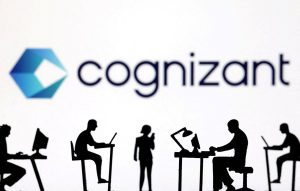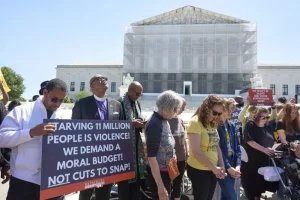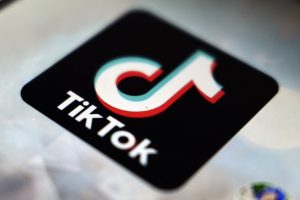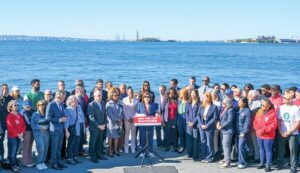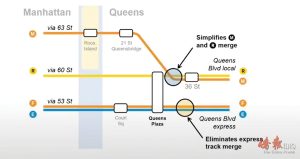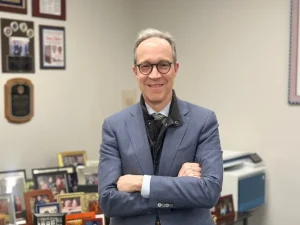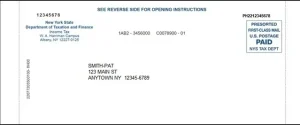H-1B visas will prioritize high-wage and high-skilled individuals, with a four-level salary structure, scheduled for implementation next year.
On the 23rd, the Trump administration proposed reforms to the H-1B visa process to prioritize high-wage, high-skilled foreign workers. The proposed rule, published in the Federal Register on the 24th, would replace the current random lottery system with a “weighted selection process” when annual demand for new H-1B visas exceeds the 85,000 cap set by Congress. This would give higher weight to high-skilled and high-wage foreign workers.
![]()
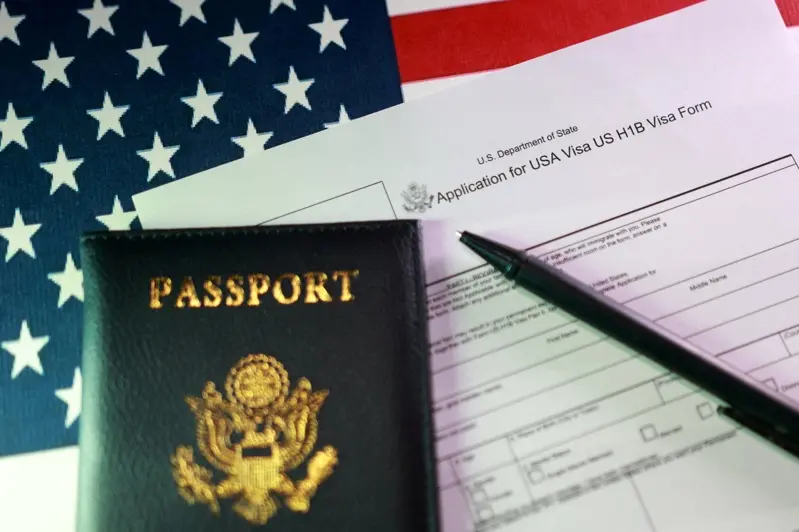
On the 23rd, the Trump administration proposed reforms to the H-1B visa process to prioritize high-wage, high-skilled foreign workers. The proposed rule, published in the Federal Register on the 24th, would replace the current random lottery system with a “weighted selection process” when annual demand for new H-1B visas exceeds the 85,000 cap set by Congress. This would give higher weight to high-skilled and high-wage foreign workers.
Switching to a “Weighted Selection Process”
The Trump administration’s announcement on the 19th that companies would pay a $100,000 fee for new H-1B visa applications submitted after September 21st immediately sparked an uproar. The proposed changes to H-1B visa screening policies are likely to reignite debate over employers’ use of foreign workers. Both the high fees and the proposed weighted selection process are likely to face legal challenges.
The Trump administration’s proposed weighted selection system would categorize potential H-1B applicants into four salary brackets. Workers in the highest-paid category would be considered four times, while those in the lowest-paid category would be considered once.
The Department of Homeland Security stated that the weighted system better aligns with the original intent of the H-1B visa program, providing “incentives for employers to offer H-1B visa holders higher-paying or higher-skilled positions, while discouraging the current widespread use of the H-1B program to fill low-paying or low-skilled positions.”
The H-1B visa program allows U.S. employers to hire temporary foreign workers in sectors such as healthcare, technology and finance, and STEM-related fields.
The Trump administration says that for more than a decade, the annual demand for H-1B visas has exceeded the 85,000 cap set by Congress. The last H-1B visa lottery closed in March, with approximately 339,000 applicants. According to U.S. Citizenship and Immigration Services (USCIS), 120,141 applications were selected in the lottery.
Government data shows that India was the largest recipient of H-1B visas last year, accounting for 71% of approvals, with China ranking second with 11.7%. According to Pew Research, over the past decade, approximately 60% of H-1B visa holders approved annually have worked in computer-related fields. In the first half of this year, Amazon received over 12,000 H-1B visa applications, while Meta received over 5,000.
On the 19th, Trump stated that the H-1B visa system needs reform. Designed to bring in temporary workers with “value-added, high-skilled functions,” it has been deliberately abused, allowing low-paid, low-skilled workers to replace American workers.
Startups and Small Businesses Affected
Xiao Wang, CEO of Boundless Immigration, a company that assists with immigration processing in the United States, said the two new proposals “strongly underscore the administration’s direction” and will impact startups and small businesses that cannot afford to pay their employees the same high salaries as large tech companies.
The new proposals are subject to a 30-day public comment period, followed by government review and finalization of the rules, a process that could take several months. A Trump administration notice suggests the new rules could be implemented in 2026.
![]()
